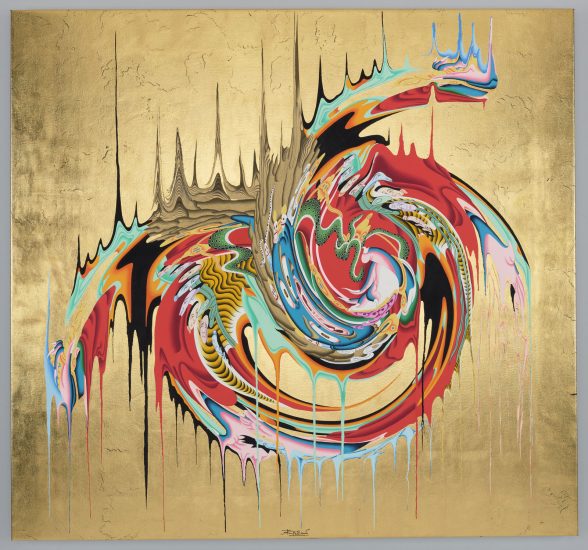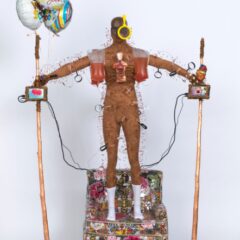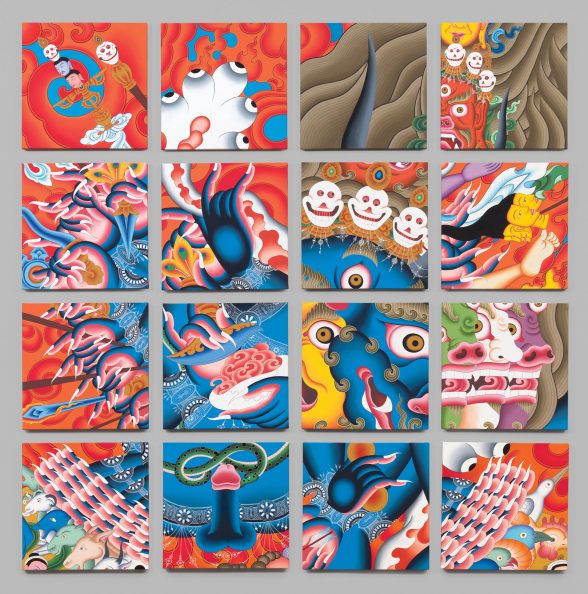
This is the age of armchair museum visits. From MOMA in New York, to Louvre in Paris, to the Palace Museum in Beijing, you can literally stroll around these celebrated museums through effortless clicks. Besides providing 360 degree virtual tours of their spaces and digital versions of their prized collection of artworks, museums are taking initiatives, now more than ever, to reach out and engage communities in an attempt to stay relevant during the ongoing Covid 19 lockdown.
Baltimore Museum of Art’s new initiative ‘Art To Go’ gives access to 100 downloadable activities for kids, and their Free Family Sundays at Home offers a Do-at-home craft project every week. Barnes Foundation in Philadelphia recently began Barnes Takeout: Your daily serving of Art, featuring the museum’s curators, scholars and educators sharing musings about their favorite works in the collection. Similarly, The Frick Collection in New York, in April, started a Youtube series called ‘Cocktails with a curator’. Their recent episode featured the painting Constable’s “The White Horse” paired with Gin and Dubonnet!
Catchy social media posts, funny memes, and free access to museum’s resources now stand as key factors to select which museum to visit from your couch. Though all this still doesn’t match the experience of being in a museum in real life, it definitely is a necessary consolation in these difficult times.
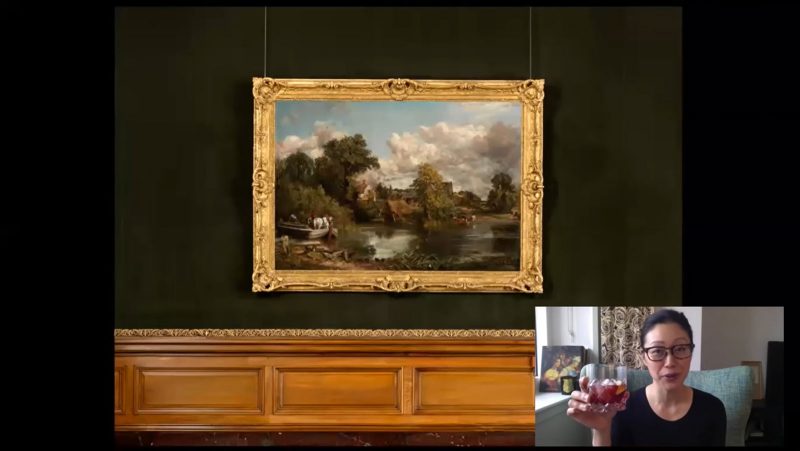
Following this trend, Asian Art Museum in San Francisco has rolled out a series of meditative experiences on its Instagram and Youtube channels, as part of its current exhibition ‘Awaken: A Tibetan Buddhist’s Journey Towards Enlightenment’. The show, which opened on January 13, features sculptures, paintings, textiles and book art made between 800 and 2016 (from the collection of the Asian Art Museum and Virginia Museum of Fine Arts). Since the lockdown on March 17, the exhibition has been transformed for its digital audience through free downloadable audio tours, a virtual tour of the gallery, and meditative videos featuring Tibetan artworks.
“We’re lucky that we have a crack team of educators and learning specialists adept at connecting with audiences, so moving our programs online has been relatively seamless,” writes Jeff Durham, Curator of Himalayan Art, Asian Museum of Art, in an email interview on April 29. “Pretty much every arts organization has been pumping up its digital offerings—especially as #MuseumFromHome and #MuseumMomentofZen have taken off—but thanks to our amazing collection of Buddhist art from across all of Asia, our posts encourage mindfulness and underscore the introspection and spirituality as well as the artistry that help keep the calm in a crisis.”
It’s proven that meditation helps allay anxiety, which seems to plague many as they stay locked down and are uncertain about the future. In Buddhism, artworks are created as visual aids to meditation and increasing one’s awareness. According to Durham, the Buddhist tradition describes two forms of meditation: calming and insight. He says, “Both forms are inculcated by many artworks in the exhibition. In my experience and to my knowledge, the current times demand that we humans bring on-line two rather under-valued skills: 1) the ability to focus calmly so as to accurately perceive the situation(s) in which we find ourselves, without projection, and 2) the ability to understand how our actions have an impact on our bodies, minds, and shared worlds of experience.”
He says the “esoteric Buddhist visualization and art catalyze the development of these fundamental skills.”
One of the meditative videos shows an image of a gilded Buddha statue entitled Amitabha (translates to infinite light in English). The 30 second video on Instagram has the ‘Amitabha Mantra’ playing in a loop. Durham explains that Buddhists believe that a chant or mantra (mind protection) helps calm down the mind. A second video with the calming sound of waterfall in the background, features an ink painting by artist Chang Dai-chien. Yet another three-and-a-half minute video describes the importance of meditation in breaking the wheel of thoughts.
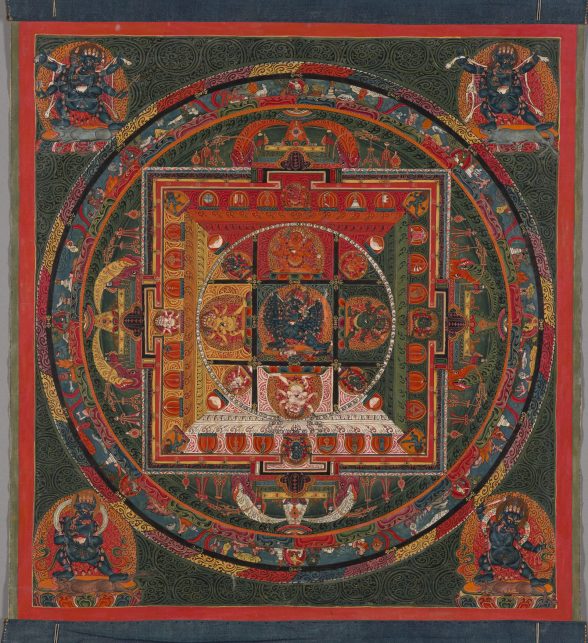
Durham confirms that their audience has especially responded to the meditative videos and ‘Create your own Mandala’ activity on the museum’s website. In Buddhist philosophy, Mandala is a map with intricate geometric patterns that is believed to be “both a chart of the entire cosmos and an inner image of the mind”. Drawing a Mandala, for Buddhist followers is a meditative experience, and can take several days to weeks. Says Durham, “It begins with geometry, like a blueprint. Then the layers are added, light and simple to dark and complex.” He adds, “The best artists know everything about what they are doing, including the meditative and ritual aspects of the process. Unfortunately, the mass-production tourist thangka economy has made it so that mandalas-in-appearance-only dominate the market, and the time-intensive masters concurrently are disappearing.”
Since the start of the lockdown, Durham notes that they have “seen an uptick in (audio) tour downloads, but the big jump was across our major social media platforms (Instagram, Facebook, Twitter) which have seen a 59% increase in engagement since shelter-in-place took effect.”
While diving into an exhibition on digital mode is strange, it does reinforce the idea that museums are more than just halls full of artworks, but essential platforms that brew ideas, conversations and enable a collective progress — even if that’s one video at a time.
